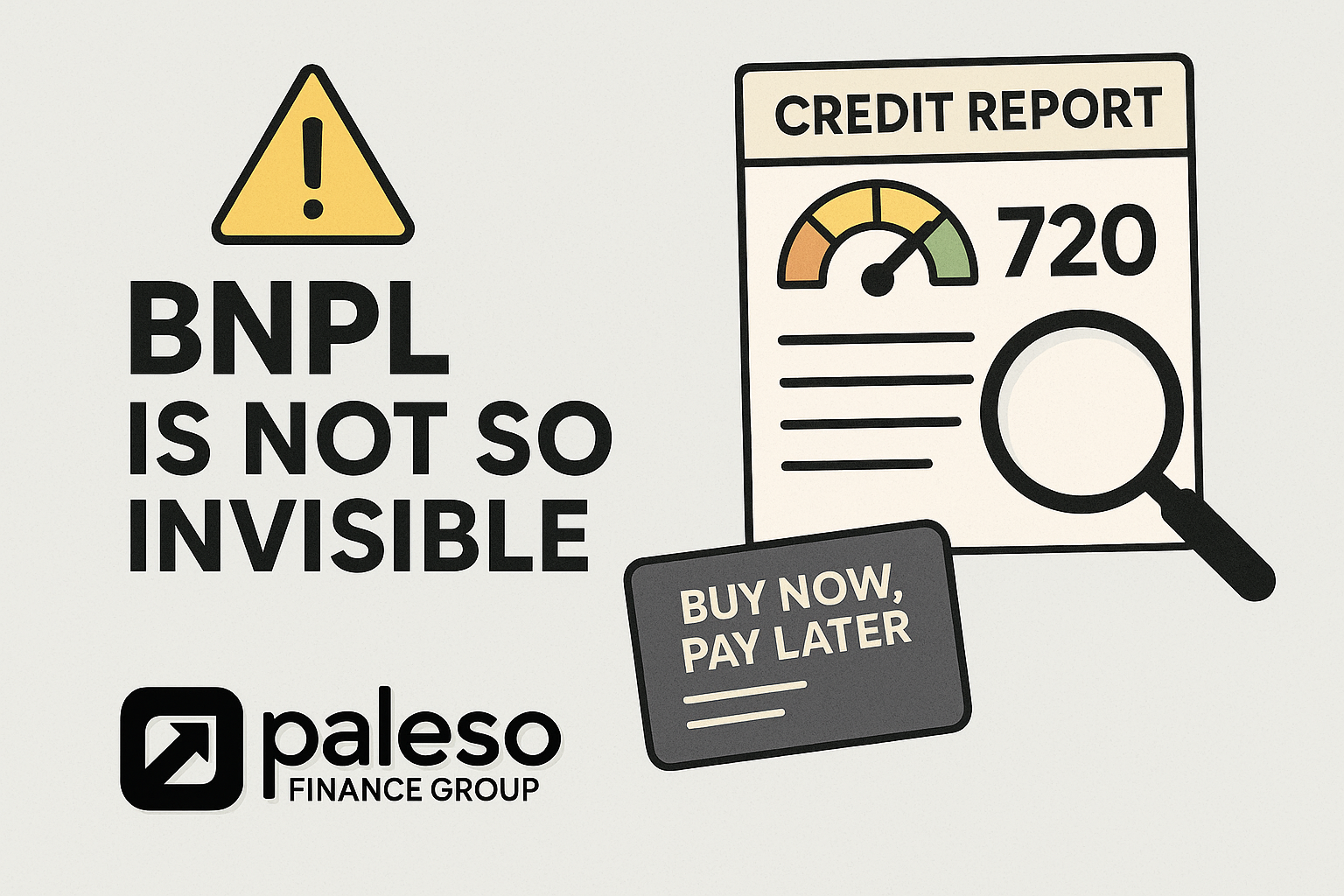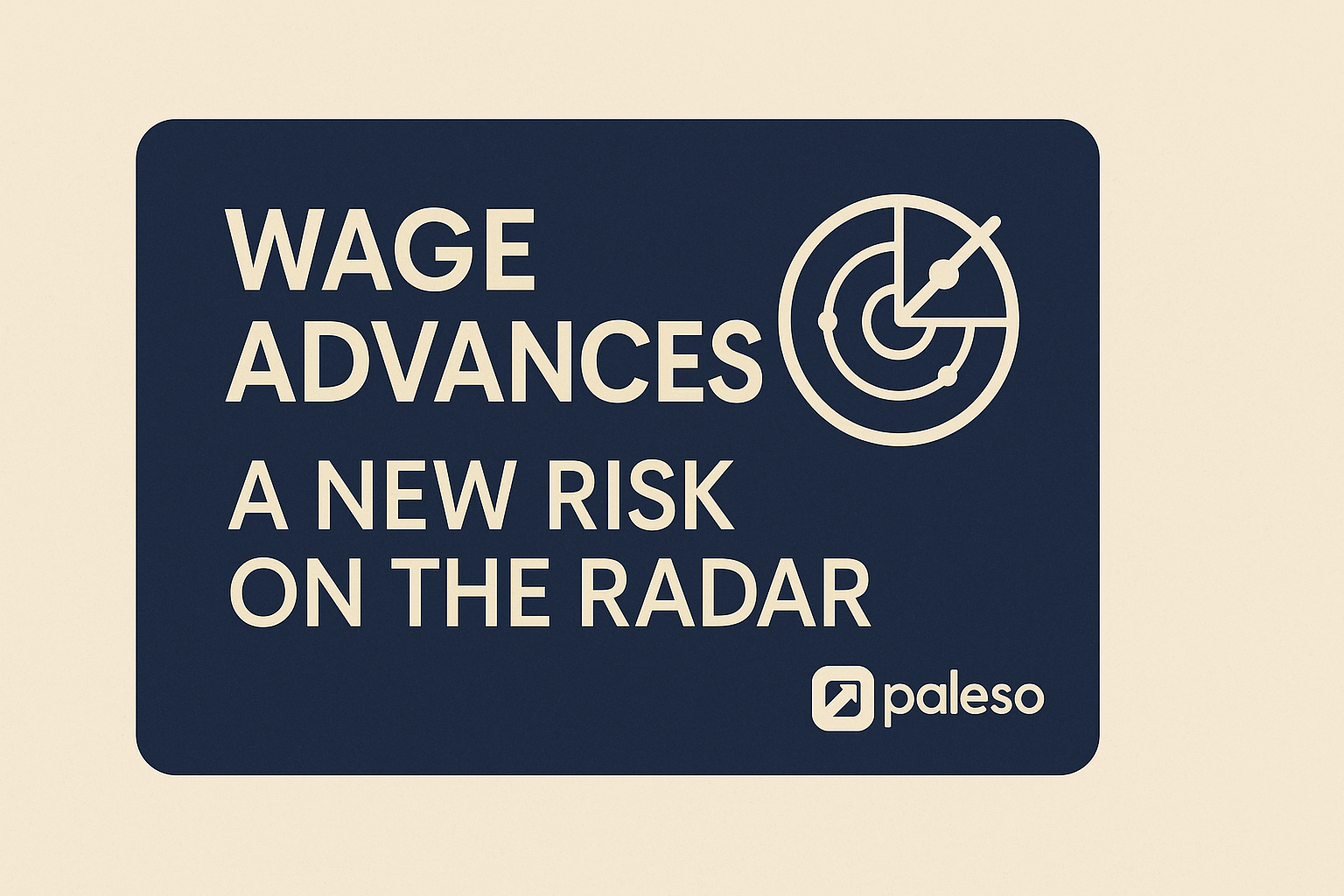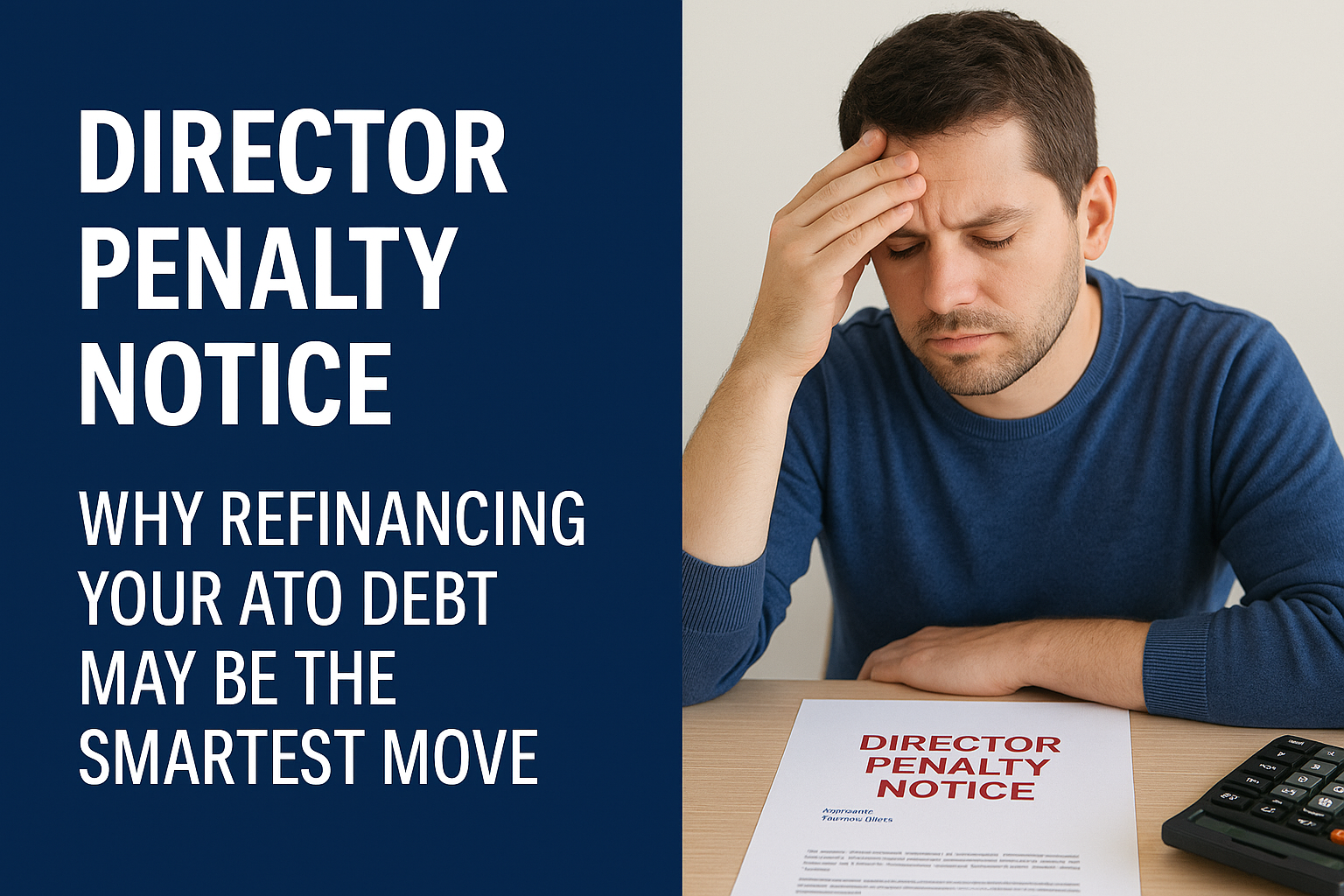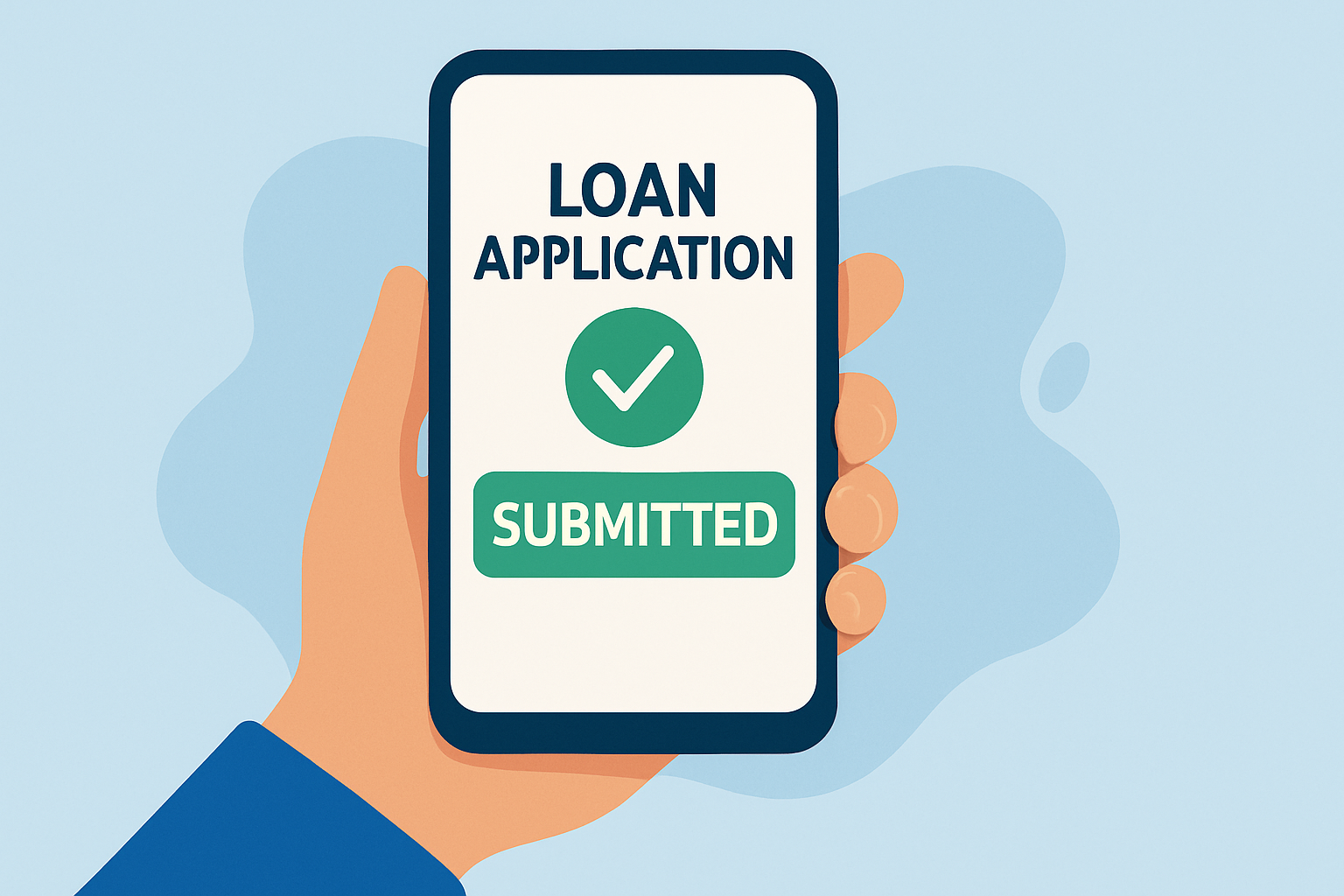Buy Now, Pay Later Isn’t Invisible Anymore — Here’s What’s Changed
For years, Buy Now, Pay Later (BNPL) services like Afterpay, Zip, and Klarna became a go-to option for quick, easy purchases. A new pair of shoes? Tap. A last-minute gift? Tap. No interest, no credit checks, no fuss.
But that’s changing — and if you’re thinking about applying for a car loan, personal loan, or home loan, it’s worth understanding why those little BNPL payments might now show up in a much bigger way.
What’s changed in 2025?
Until recently, BNPL providers sat in a regulatory grey area. They weren’t technically “credit providers” under the National Consumer Credit Protection Act, which meant they didn’t have to check whether customers could afford repayments.
From mid-2024, however, new laws brought BNPL services under credit-style regulation. That means most providers now have to:
- Run credit checks (which can appear on your credit file)
- Conduct affordability and suitability tests before lending
- Report missed payments or defaults to credit bureaus
It’s all part of a push by ASIC and the Federal Government to protect consumers from spiralling BNPL debt and improve transparency across the credit system.
Why it matters for loan applicants
Even if your BNPL balance seems small — say a few $30 or $50 payments every fortnight — lenders are paying attention.
When you apply for finance, your bank statements tell the story. Regular BNPL transactions can signal that you’re managing multiple micro-debts or relying on short-term credit to cover everyday costs. It doesn’t automatically disqualify you, but it can make lenders more cautious.
For example, during an application review, your Paleso consultant or a lender’s credit assessor might see recurring Afterpay or Zip payments and ask:
- Are these essential purchases or discretionary spending?
- Are repayments always made on time?
- How many BNPL accounts are active?
Too many small commitments can reduce your perceived borrowing capacity — especially if they indicate over-stretching or unstable cash flow.
What you can do to stay loan-ready
If you’re planning to apply for finance soon, here are a few smart steps:
- Clear any BNPL balances early. It shows lenders that you can manage and close smaller credit lines responsibly.
- Limit new BNPL activity. Avoid signing up for new services or purchases right before a loan application.
- Check your credit file. You can access a free copy each year to ensure everything’s accurate.
- Be upfront with your broker. At Paleso, we’re here to help you find the right lender and structure your application so it’s as strong as possible.
The bottom line
BNPL can still be a convenient tool — but it’s no longer invisible. The new rules mean lenders, credit bureaus, and even future loan assessors can see how you manage those short-term debts.
So before you hit “buy now,” take a moment to think about what it might mean for your next big purchase.
Because whether it’s a car, a boat, or a new business asset, being BNPL-free can make getting approved easier — and that’s something worth planning for.









